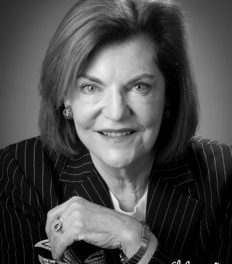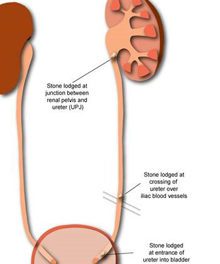With the speed of a bullet, the course of our son’s life, and ours, changed.
On the morning of March 31, 2003, we were notified that our son, CPL Alan Babin, Jr., a combat medic with the 82nd Airborne Division, had been wounded during battle in As Samawah, Iraq. As he was rushing to render aid to a fellow paratrooper, Alan was hit in the abdomen with small-arms fire. Field physicians removed 90% of his stomach, his spleen, part of his pancreas, large intestine, and he sustained injuries to his liver and diaphragm. Unable to survive evacuation to Germany, he was transferred to the USNS Comfort, anchored off the coast of Kuwait. While aboard, Alan’s kidneys failed, his liver shut down and he was placed on dialysis and a ventilator. He survived 20 major surgeries before being transferred to Walter Reed, where we were finally able to be at his bedside… three weeks after he was wounded. Six weeks, and many surgeries later, Alan contracted meningitis and suffered a stroke.
Because Alan was severely wounded in the very early days of Operation Iraqi Freedom, many of the current programs and systems for the wounded, and their families, were not in place. I quickly learned that in order to obtain the best medical care for our son, I would need to roll up my sleeves, use my background as a paralegal and office manager, and put my skills to work for him. The terms “polytrauma” and “TBI” were not yet common and, while the physicians and trained staff we encountered were among the best, brightest and most dedicated in the world, I knew my son better than anyone, and did my best to educate myself on the options available to him and to advocate on his behalf.
As devastating and traumatic as the wounds from the gunshot were to Alan physically, we prepared ourselves emotionally and spiritually for a lengthy rehabilitation. However, no family is prepared for a brain injury and the unpredictability of recovery for every individual suffering from a brain injury. We have learned, first-hand, that the end result may not be known for months (or years) and what works one year may not work the next or long-term. Nothing could have prepared us for what was to follow as our son remained inpatient for the next two-and-a-half years.
While I remained at Alan’s bedside at Walter Reed for seven months and Brooke Army Medical Center for two months, my husband returned home to Texas to care for our 16-year-old daughter and return to work. We learned to tag-team so that I could be present for our daughter’s scholastic events. We were fortunate to find a neurorehab center in central Texas where Alan could receive care as an inpatient, and I could live at home with my husband and daughter, and manage his care during the day as he began the long struggle of rehab for the following fourteen months.
My husband and I did our best to carve out time for each other as we focused on Alan’s recovery together, and prayed that we would all come out of this journey whole; individually and as a family. We learned to find a new normal, to be flexible and to educate ourselves on brain recovery and brain plasticity.
And, when Alan finally came home, I began the difficult, and most rewarding, role of my life. I was the Primary Caregiver of a wounded warrior with a polytrauma who had also survived a brain injury and was in need of aid for all aspects of daily living, bowel and bladder management, wound care, transportation, meal preparation, rehabilitation and a life-skills coach. My passions were reading, cooking, driving, traveling, research, web-surfing, high-tech gadgets, self-help books, volunteering, Lion’s Club, organizing outings with friends and praying incessantly. I had been in “basic training” for this role my entire life!
I eventually set up a system of home health care. Alan receives physical, occupational and speech therapy at home, instead of my driving him from appointment to appointment, and the structure of a calm setting works best for him. Although he would prefer that I provide all of his personal care, I have a home-health-aide that assists with dressing, showering and getting him ready in the morning. I use everyday things as therapy and ask Alan that he “try everything” when it comes to therapy. Very importantly, I learned to keep our evenings and weekends free of therapies and rehab and to find a balance between being a caregiver and simply being “Mom.” I do my best to remember that ours is a marathon, not a sprint, and that we must pace ourselves. This is easier said than done as Alan now participates in hand-cycling and adaptive skiing, and loves to travel as much as we do.
Our friends and family lovingly adapted to our needs and schedules and we learned that keeping and maintaining an active social life was crucial. I am grateful for the Respite Care provided by the VA, which allows me a break from caregiving duties and to travel with my husband and/or daughter. Sometimes, it simply allows me uninterrupted time to “work,” which is respite for me.
It is not lost on me that none of this could have happened without communication. People cannot help when they do not know that a need exists. I learned that in order to take care of Alan, I would have to take care of myself and to communicate MY needs as assertively as I did his. I learned to have a mental checklist so that when anyone asks if there is anything they can do to help, I’m READY! We began the journey by creating a team of prayer warriors and have continued building teams along the way to support and surround Alan and our family.
Through this journey, I have learned things about myself, our son and our family that we might have never learned otherwise. I learned that we raised resilient children who love life and are not afraid of it. I learned that the love and closeness we shared was stronger than I ever imagined possible.









